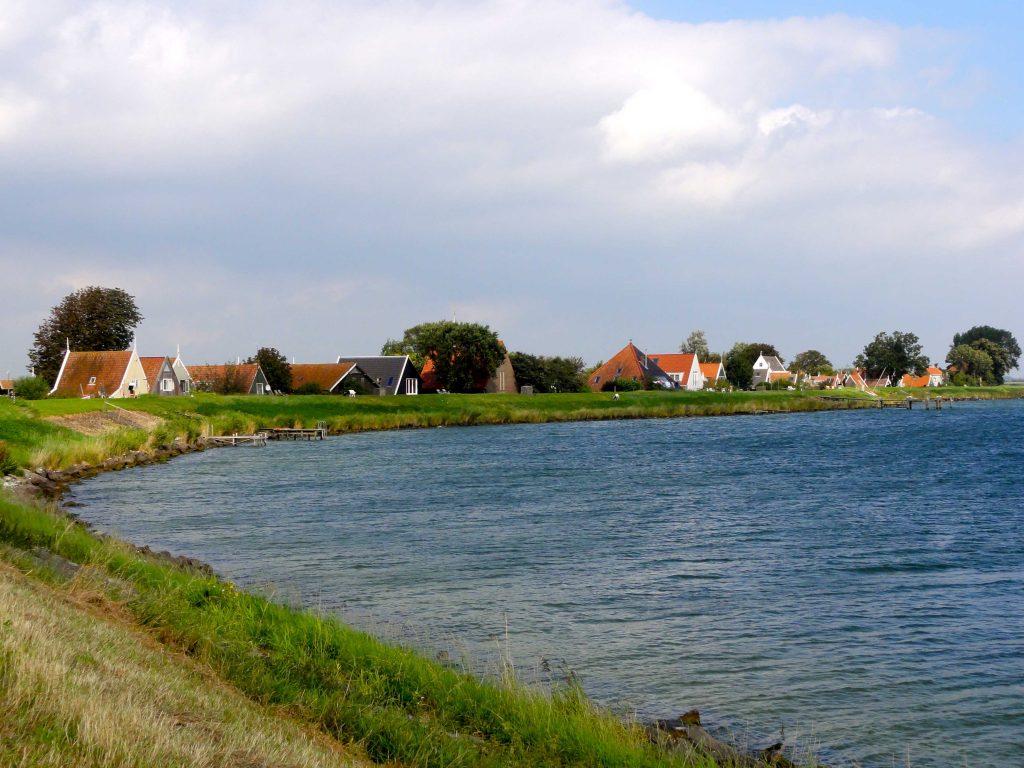Landscape
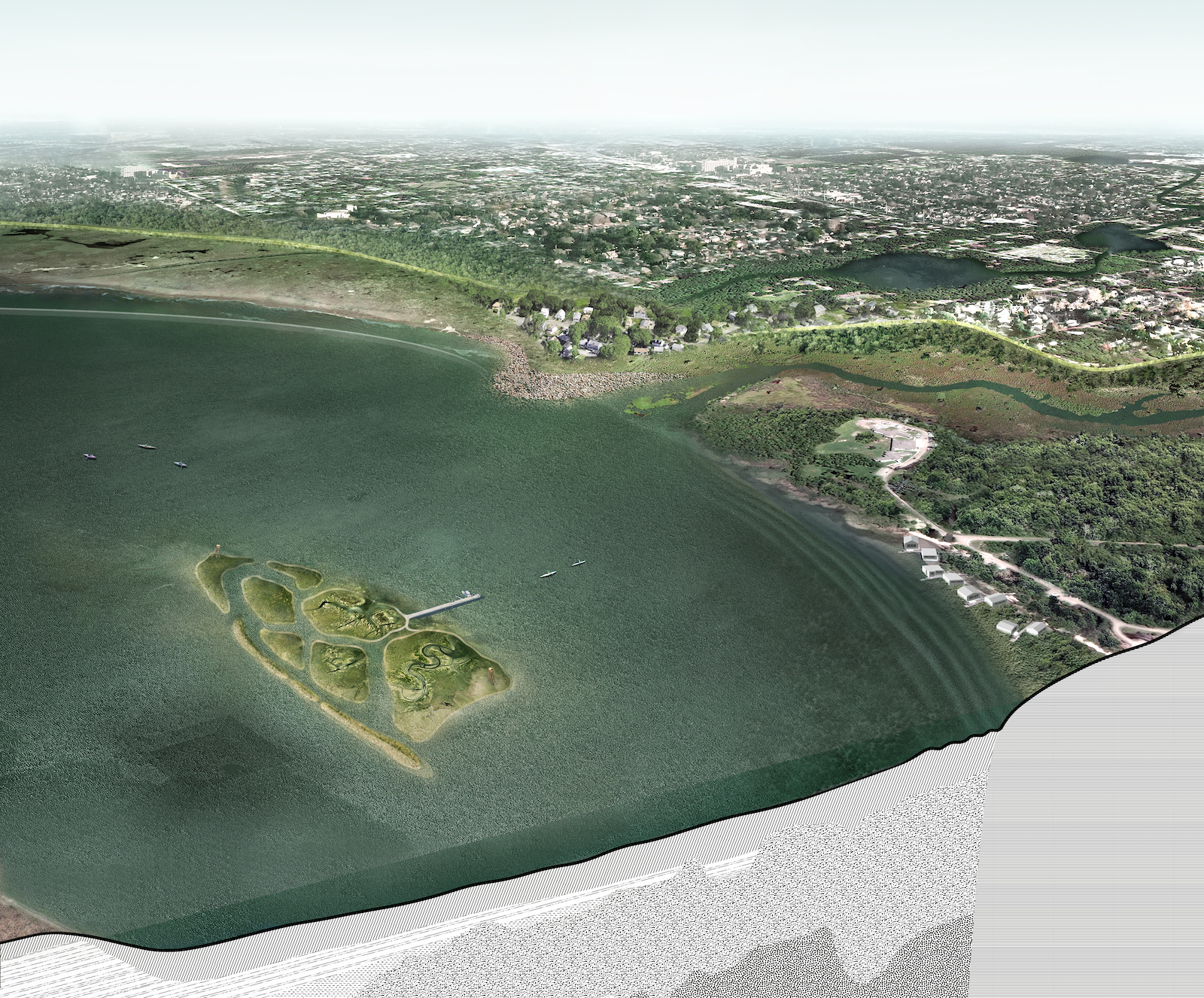
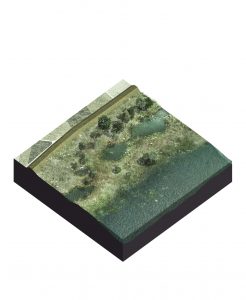
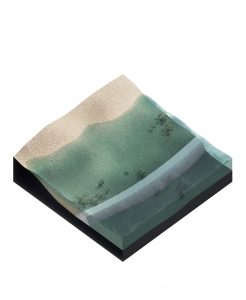
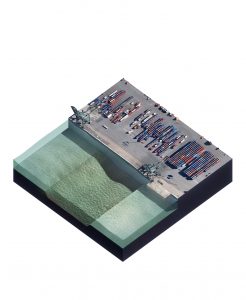
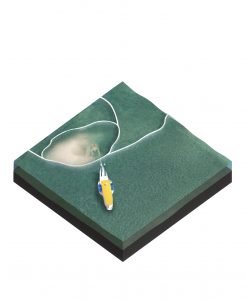
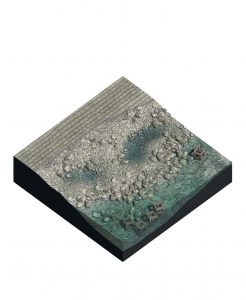
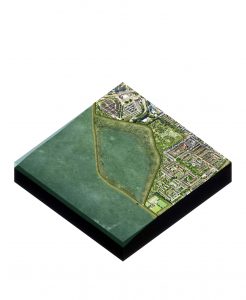
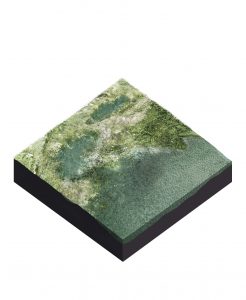
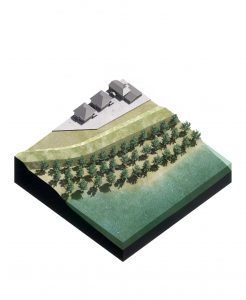
Lowland lakes are freshwater environments that play a fundamental role in regional water systems as well as delta and coastal zone communities. A multi-jurisdictional approach to regional watershed management is essential to preserve freshwater supplies, enhance lake ecology, and restore meaningful connections between the natural environment and adjacent settlements. Where these bodies of water cross political boundaries, it is critical that management efforts are aligned to maintain the lake landscape and its position in the watershed.
Lakes in delta and coastal areas may have natural or artificial origins. They form naturally in places where sedimentation has separated lagoons or estuarine branches from tidal and saltwater influences. They may also originate from engineering interventions including dams, floodgates, river training, and wetland reclamation, or from dredging and other excavation methods. Lowland lakes receive water and sediment from rivers, groundwater, and rain. These exchanges determine the water balance, water quality, and species composition of the lake ecosystem. Nutrient loading in many watersheds makes eutrophication a persistent concern, especially in shallow lakes.
Lake environments provide many regulating services such as soil formation, nutrient cycling, and groundwater recharge. In this way, they contribute to biodiversity. Where lakes occur in the vicinity of urban areas, they offer important services for these populations including drinking water, recreation facilities, carbon sequestration, and flood buffering. Building with Nature approaches focus on manipulating hydrodynamic and morphological patterns, increasing water storage, and enhancing specific habitats to balance the human use of lakes with the integrity of ecosystem functioning.
Ecological Benefits
As freshwater environments, lakes and their surroundings offer unique ecological benefits, including the supply of drinking water and breeding grounds for waterfowl. Over history, humans have created and adapted lakes through engineering interventions for many reasons: flood control, land reclamation, navigation, harbor development, and freshwater reservoirs. Too often, the mismanagement of lakes has allowed interventions that optimize one function, ignoring other negative impacts and affecting ecosystem health. For example, reclamation of lake wetlands creates arable land but reduces the area of land-water gradients, eliminating important habitats, which undermine healthy ecosystem functioning. Nutrient loading from runoff and over-fishing has deteriorated landscapes and disturbed food chains.
Places to live, work and visit
Many lakes occur in the vicinity of urban areas, contributing important services to sustain these populations. These range from the supply and storage of water for drinking and irrigation, to the retention of precipitation and stormwater runoff that reduces flood risk, to food sources, transportation facilities, and recreational amenitites. Next to that, lakes have a significant influence on the identity of surrounding areas: the cultural heritage of lakesides are often associated with history, serenity, and space, in contrast to the built environment that is increasingly crowded and contested.
Healthy lake environments provide a shared public resource and important venue for outdoor recreation, including swimming, fishing, canoeing, kayaking, boating, and bird-watching, as well as a source of respite for sunbathing, reading, and relaxing. Some lake environments become popular seasonal destinations for tourism.
Material Flows
Lakes experience more limited hydrodynamic movement than coastal zones, which contributes to the urgency of maintaining their water quality. They receive flows of water from precipitation, ground sources, and surrounding areas. Healthy functioning depends on biological and physical processes, and their interactions. Water quality and nutrient content from human activities impact the range of bacteria, algae, plants, and fish that can survive, which has a secondary impact on lake sediment characteristics.
Biological activity and physical forces such as waves combine to shape the sedimentation and resuspension process. Wind forces generate horizontal circulation currents and waves on the lake surface. Sunlight may induce temperature variations and stratification. Even understanding these processes, it can be challenging to forecast the full chain of effects that various measures might have on the lake systems. Monitoring and data analysis is a necessary complement to knowledge and predictive tools.
Integrated Approach
Lowland lakes often come under the jurisdiction of multiple governmental or legislative entities, yet measures or projects have an effect on the lake as a whole and thus must be evaluated alongside an understanding of the complete system and any larger goals and objectives. Systems understanding in the design phase is key. Building with Nature solutions are inherently dynamic, creating uncertainty around the exact behavior and outcomes of the design. Instead of attempting to create static results, it is more effective to embrace the dynamism of Building with Nature solutions and develop an adaptive approach to management and maintenance, one that can respond to the evolving landscape.
Adaptive management begins with defined objectives and the recognition that natural systems may respond to interventions in unanticipated ways. It advocates that monitoring and analysis can inform the understanding of these systems and their functions, and over time, incremental change can steer the project toward its objectives. Not least, the success of adaptive management depends on robust stakeholder participation and buy-in. Only through collaboration can fragmented lake regions pursue restoration and lake enhancement.
The Details
Get more insight in the driving physical and natural processes that shape lowland lakes, and all the benefits this landscape create by visiting our in-depth landscape description of lowland lakes.
